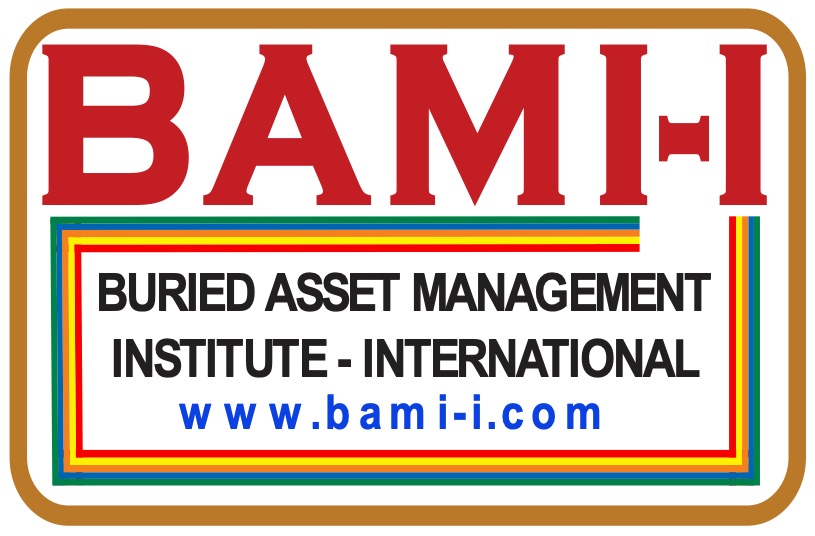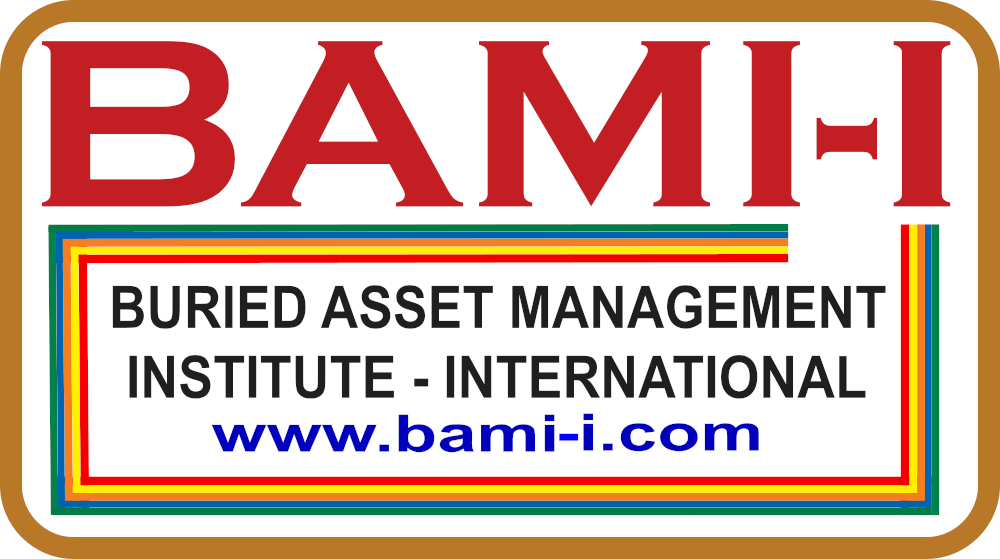
2024 Global Buried Asset Management Congress
This Congress will bring together the Subject Matter Experts for the major asset management categories to identify the state of practice and present strategic future directions. This information will be combined to establish a comprehensive set of global directions for the industry.
Register Now >

Events

BAMI-I offers events designed to keep professionals up-to-date with the evolving challenges and solutions in managing buried assets efficiently and effectively.
CTAM

CTAM stands for Certification of Training in Asset Management. It is an exclusive four-part series on Asset Management coursework and certification.
Congress

Congress brings together Subject Matter Experts for major asset management categories to identify the state of practice and present strategic future directions.

BAMI-I JOURNAL
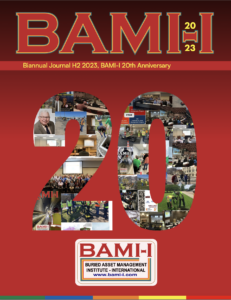
In the ever-evolving landscape of asset management, one area that often remains out of sight but never out of mind is the management of buried assets. These hidden infrastructure components play a vital role in our daily lives, ensuring the delivery of essential services such as clean water, wastewater treatment, energy distribution, and more. In BAMI-I Journal, we delve deep into the world of Buried Asset Management (BAM), shedding light on best practices, cutting-edge research, and innovative solutions that are transforming the way we manage what lies beneath.
EVENTS
-
Demystifying Asset Management to Improve Implementation By Heather Himmelberger, P.E.
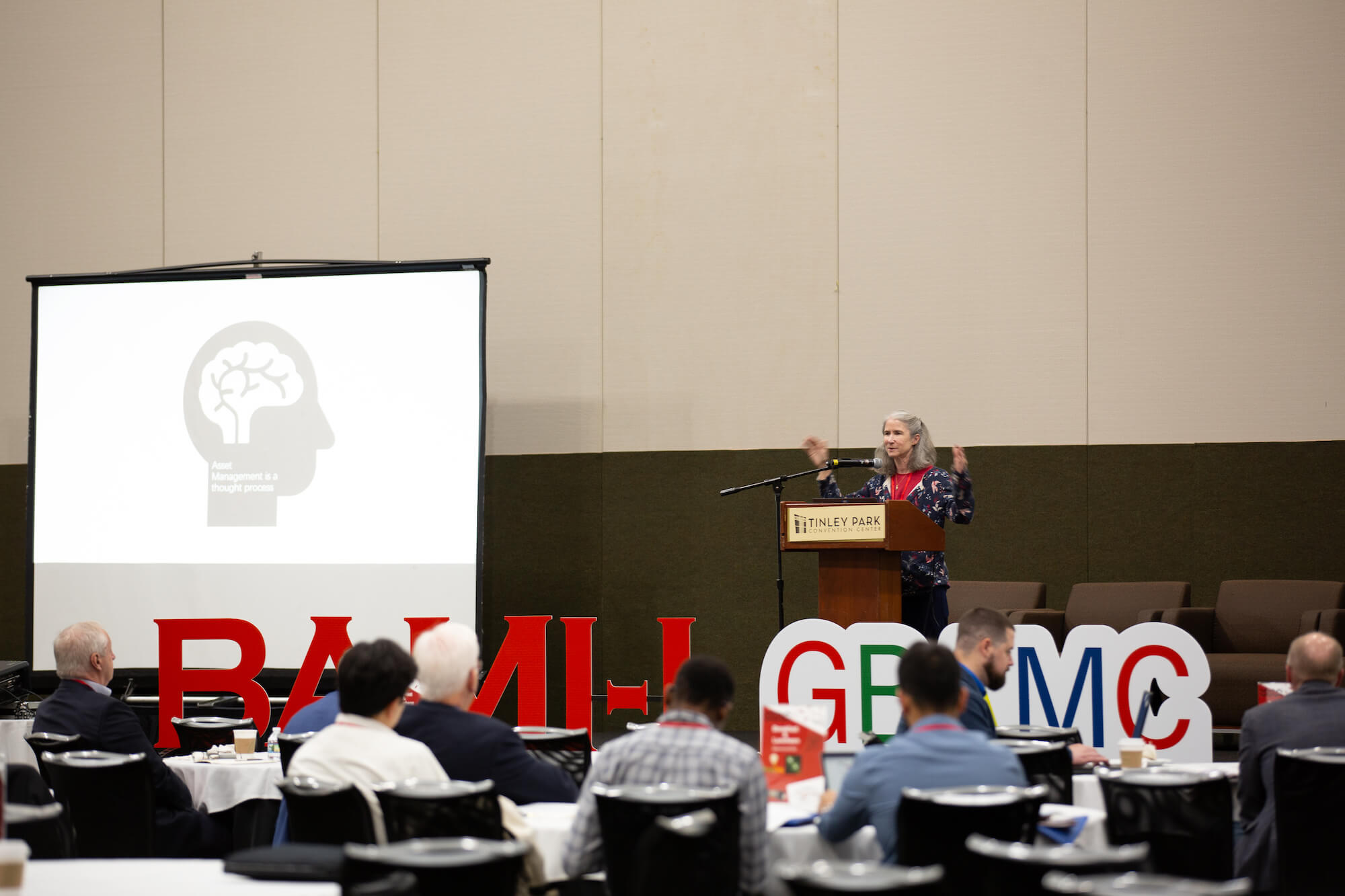
KEY HIGHLIGHTS
Importance of Data Management – Heather Himmelberger emphasized the critical role of data management and analytics in maintaining the integrity and reliability of buried assets during her presentation at the 2023 Global Buried Asset Management Congress (GBAMC).
Key Challenges – Himmelberger highlighted major challenges in buried asset management, including:
-
- Lack of accurate, up-to-date data
- Need for improved data integration and analysis
- Requirement for advanced decision-making tools
Solution Through Analytics – She discussed how effective data management provides a comprehensive view of assets, which supports:
-
- Enhanced decision-making
- Optimized maintenance and repair activities
Real-World Benefits – Several case studies demonstrated the tangible benefits of data analytics in asset management:
-
- A water utility identified and prioritized system leaks, achieving significant cost savings.
- A gas utility optimized maintenance schedules, enhancing reliability and minimizing downtime.
Strategic Investment – Himmelberger concluded by stressing the importance of investing in data management and analytics to:
-
- Improve decision-making processes
- Increase operational efficiency
- Reduce overall costs in buried asset management
She encourages asset owners and operators to leverage data for strategic and efficient management of buried infrastructure.
-
-
In Memory of a Dedicated Colleague, Dr. Kibum Kim
It is with heavy hearts that we mourn the sudden passing of our esteemed colleague, Dr. Kibum Kim, who tragically left us just a week ago in his apartment. Dr. Kibum Kim joined the Purdue Underground Infrastructure Team (UIT) at the end of 2022, and later transitioned to a postdoctoral research position at the Purdue SIMPLE Lad in late 2023.
Dr. Kibum Kim was a hard worker and a true expert in the field of asset management. His dedication and expertise made significant contributions to our team’s efforts. He tirelessly pursued excellence in his work, leaving an indelible mark on all those who had the privilege of working alongside him.
Dr. Kibum Kim was not only a diligent colleague but also an active participant in industry conferences across the United States. He showcased his expertise on numerous occasions, leaving a lasting impression on those who attended. Additionally, he authored a notable article titled “Asset Management for Waterworks in South Korea: Trends and Case Study” for the inaugural edition of the BAMI-I Journal.
His sudden departure has left a void in our hearts that cannot be filled. We will fondly remember Dr. Kibum Kim for his hard work, expertise, and unwavering commitment to excellence. Our thoughts and prayers are with his family and loved ones during this difficult time.
Rest in peace, Dr. Kibum Kim. You will be deeply missed.
Sincerely,
BAMI-I/Purdue UIT
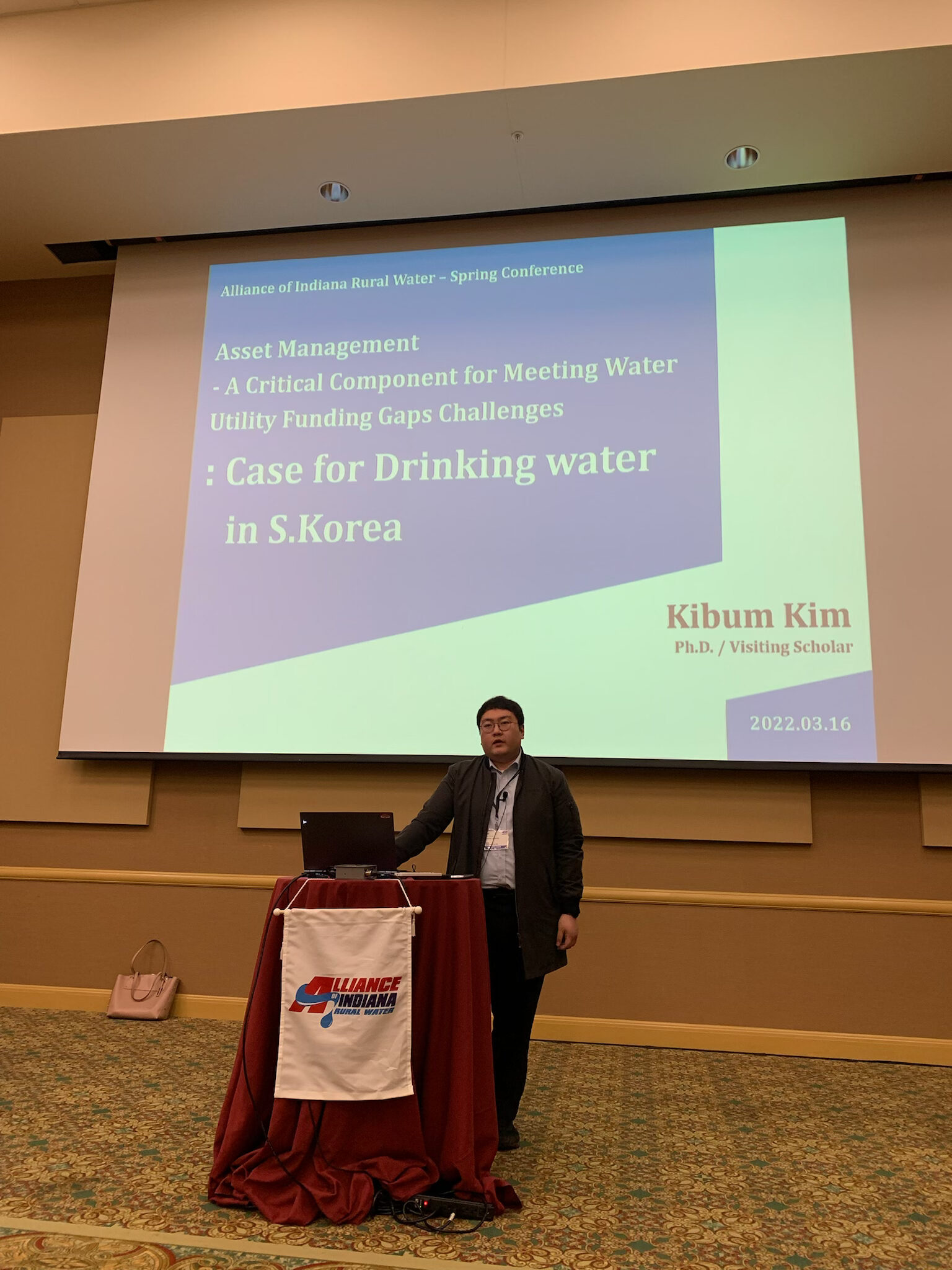
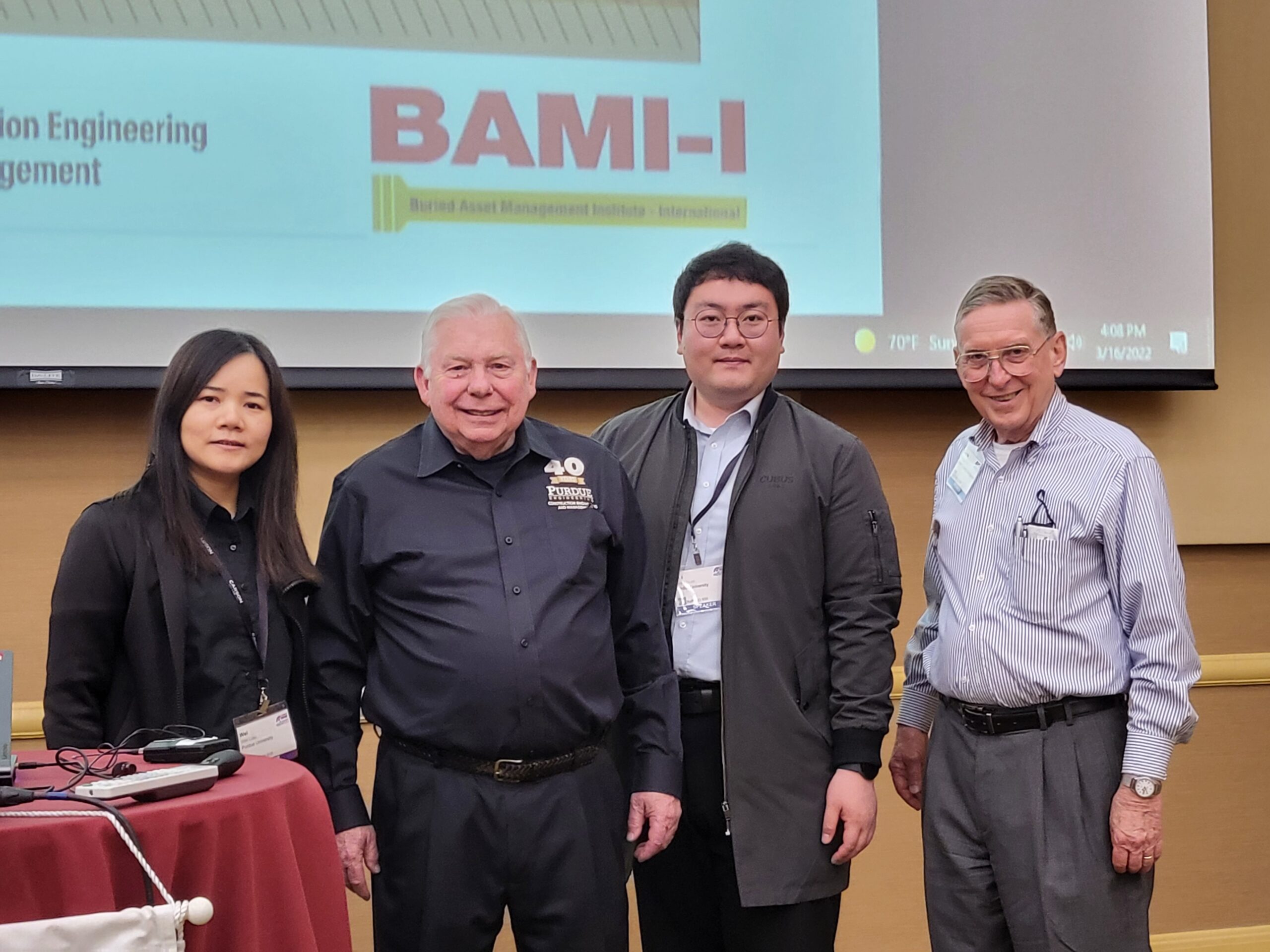
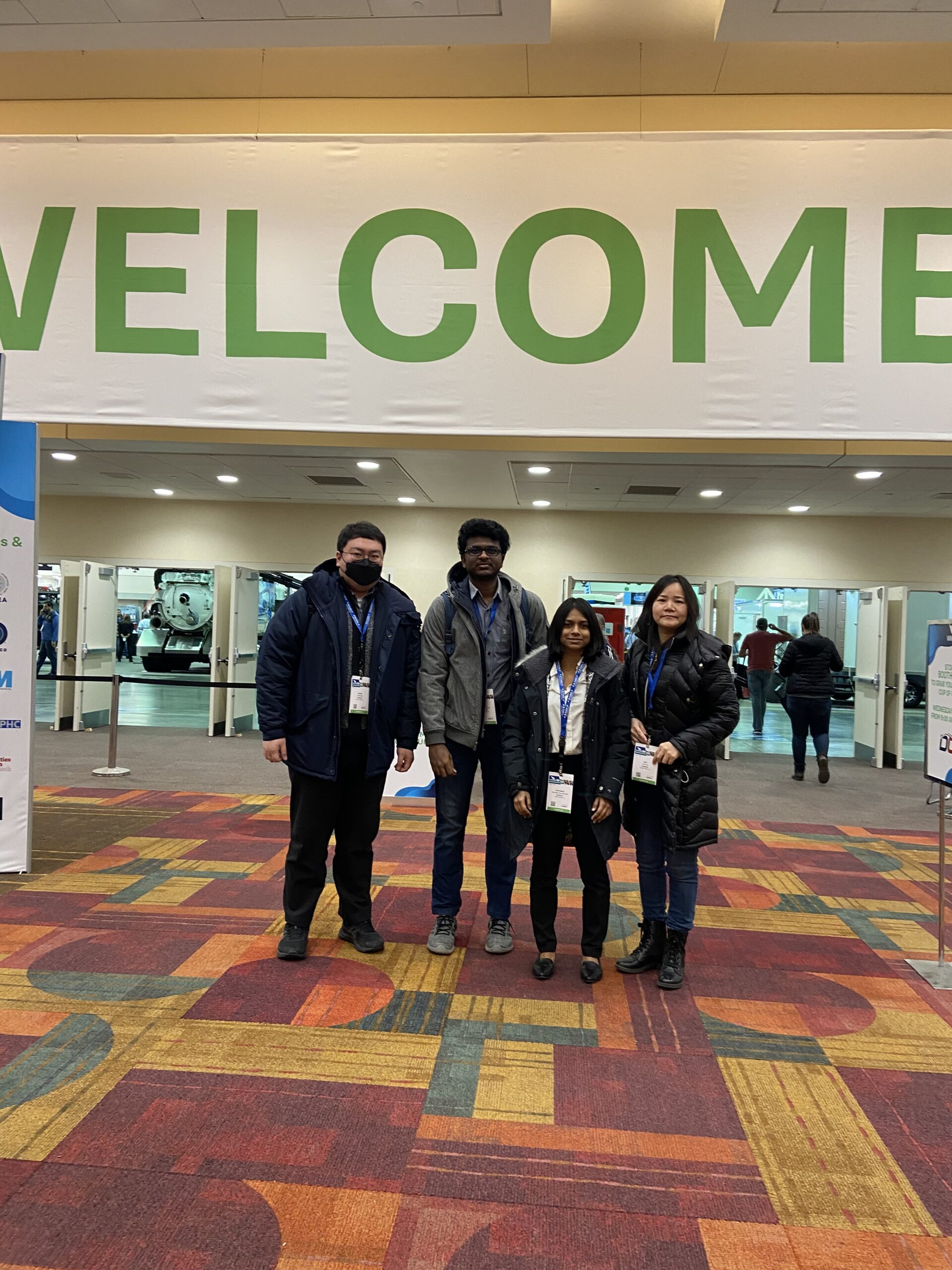
-
22nd BAMI-I&UESI Utility Investigation Scholl Held at Texas DOT: A Leap Forward for Utility Education
Last week, the 22nd UIS School was launched in a spectacular setting at the Texas Department of Transportation (TxDOT), which generously offered its facilities to BAMI-I at no cost, underscoring a significant commitment to promoting the growth of utility infrastructure education. The event was made notably successful thanks to the exceptional efforts of Rosa León, Hazel Zepeda, and Paul Fierro, who ensured that participants could smoothly access and utilize the TxDOT facilities.
The instructors and guest speakers, recognized for their dedication and expertise, created an engaging atmosphere that sparked enthusiasm for utility management among attendees. The curriculum delved into critical subjects for project owners, designers, and contractors, exploring the latest developments in geophysics and utility investigation tools. The active involvement of all attendees contributed to the depth and significance of the discussions. TxDOT distinguished itself by demonstrating innovative management and operational excellence, setting a new benchmark for creativity and efficiency in the field.
Pointman, 4M, and Bad Elf, as sponsors of the event, were also acknowledged for their considerable support, which introduced highly valuable, cutting-edge content into the curriculum, enhancing the learning experience.
A highlight of the event was the addition of Smith Rangel to the BAMI-I team, whose new insights and expertise significantly enriched the educational experience for all participants.
The anticipation for future sessions is high, with promises of more innovation, collaboration, and enlightening experiences, setting a forward-looking tone for the continuation of the UIS School series.
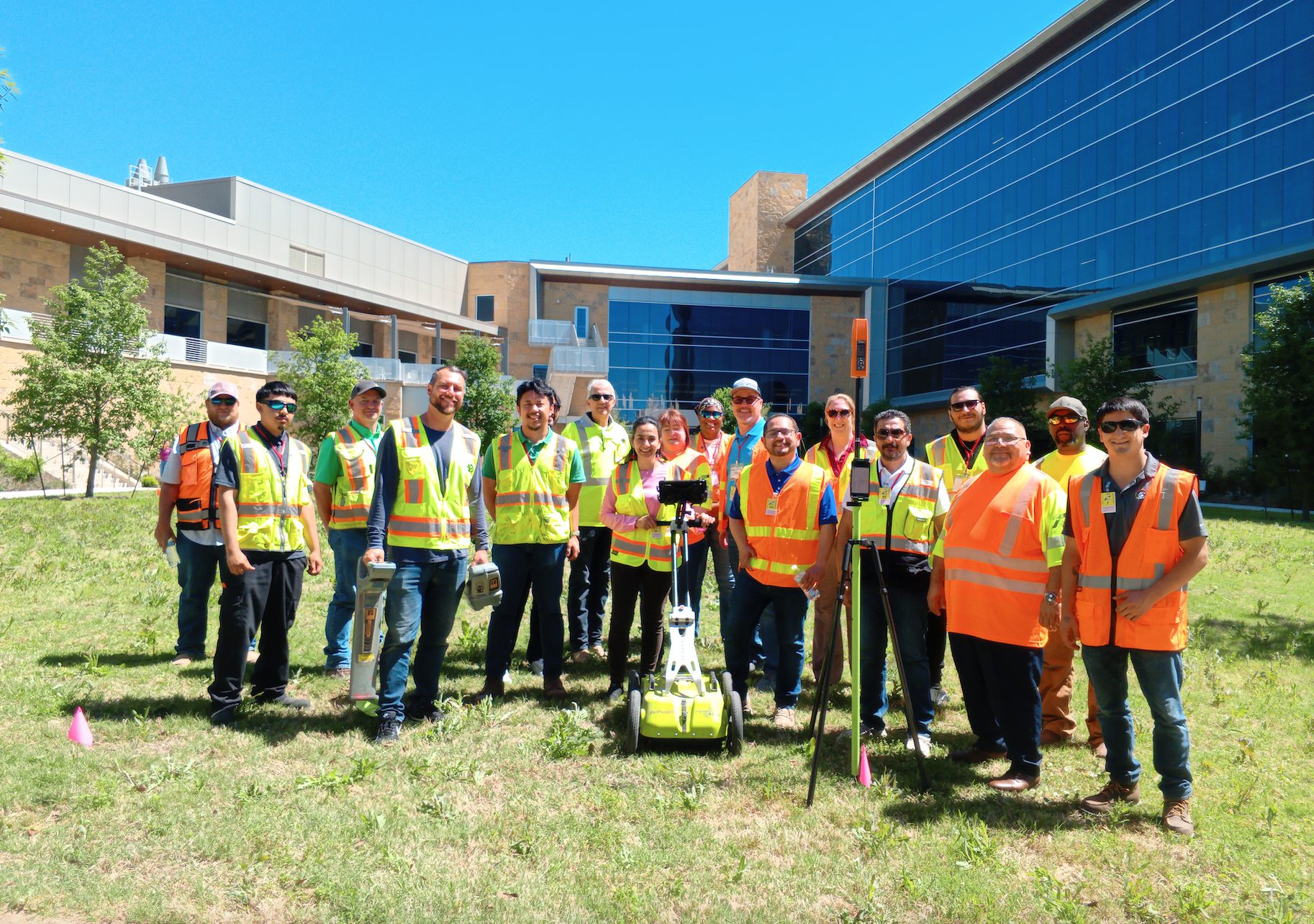

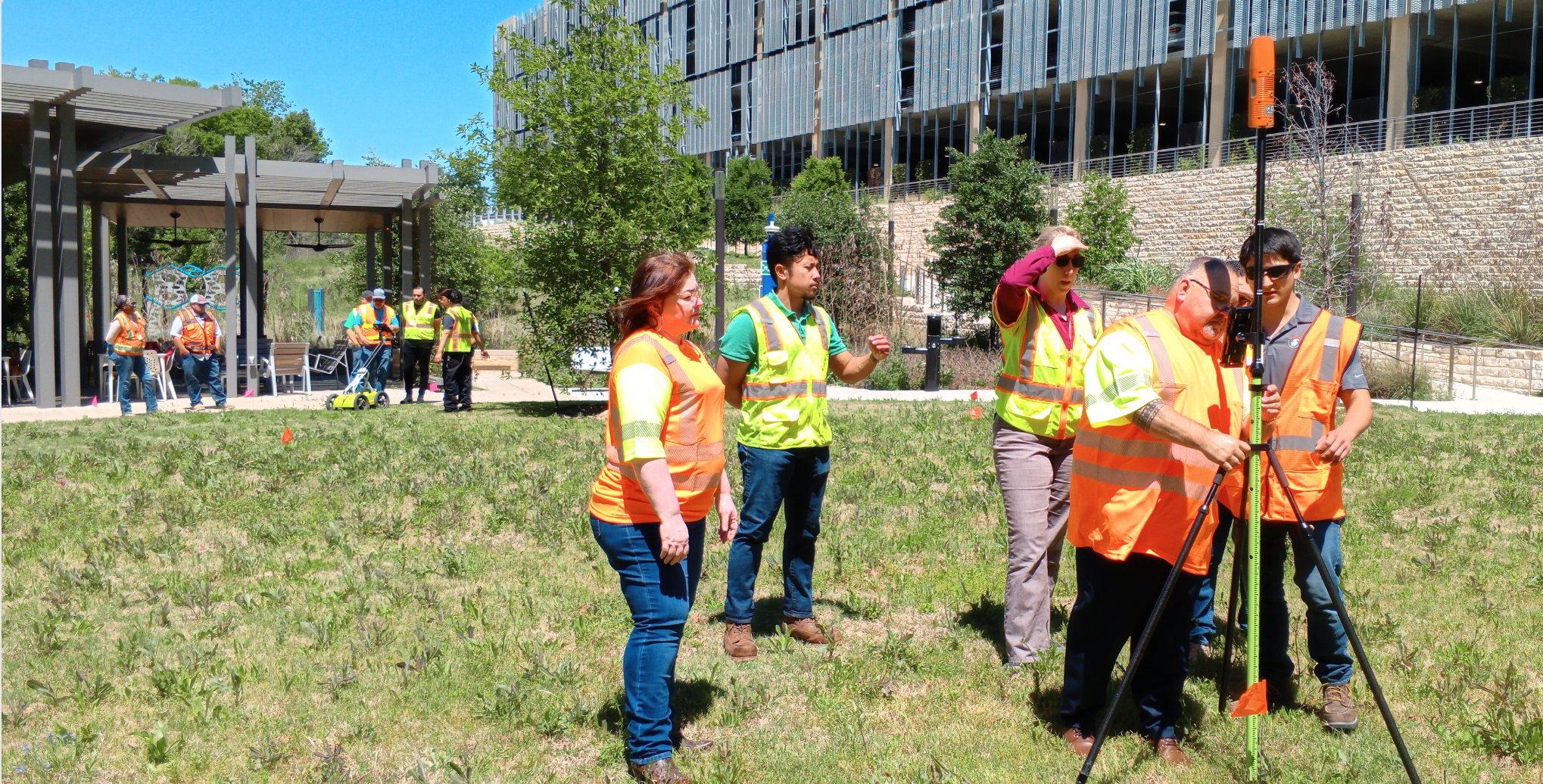
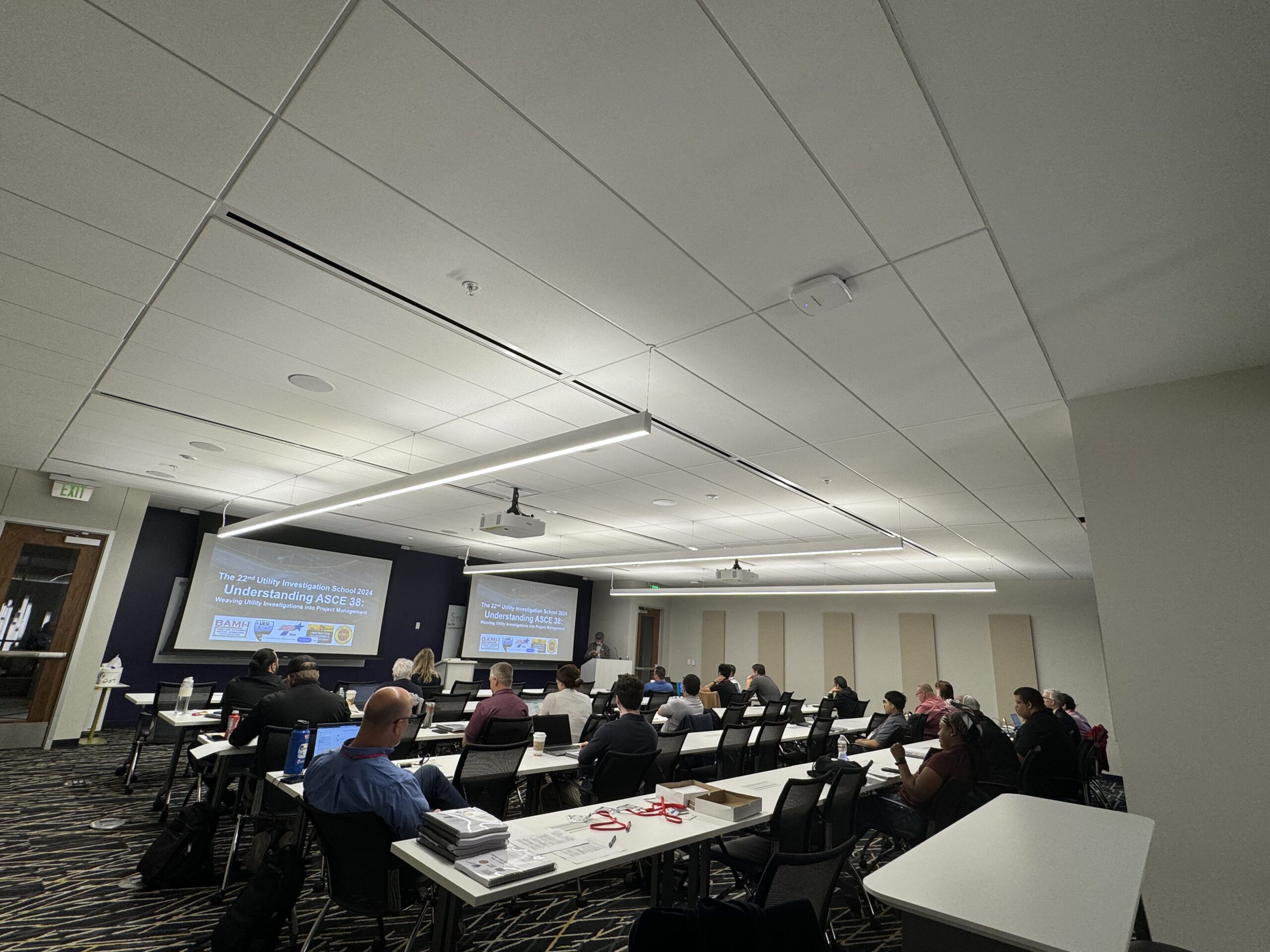

“The growth of the trenchless technology industry has been remarkable. In the initial phase, the industry pulled together to form a support structure through the NASTT and ISTT organizations. The technical envelope for most of the solutions expanded at a rapid rate. Education, training and research programs expanded to meet the needs. Now we are realizing how asset management will help utility owners make sure that they are spending the right amount of money at the right place at the right time. This helps make sure that the rates users pay are the right rates.”
– Dr. Tom Iseley
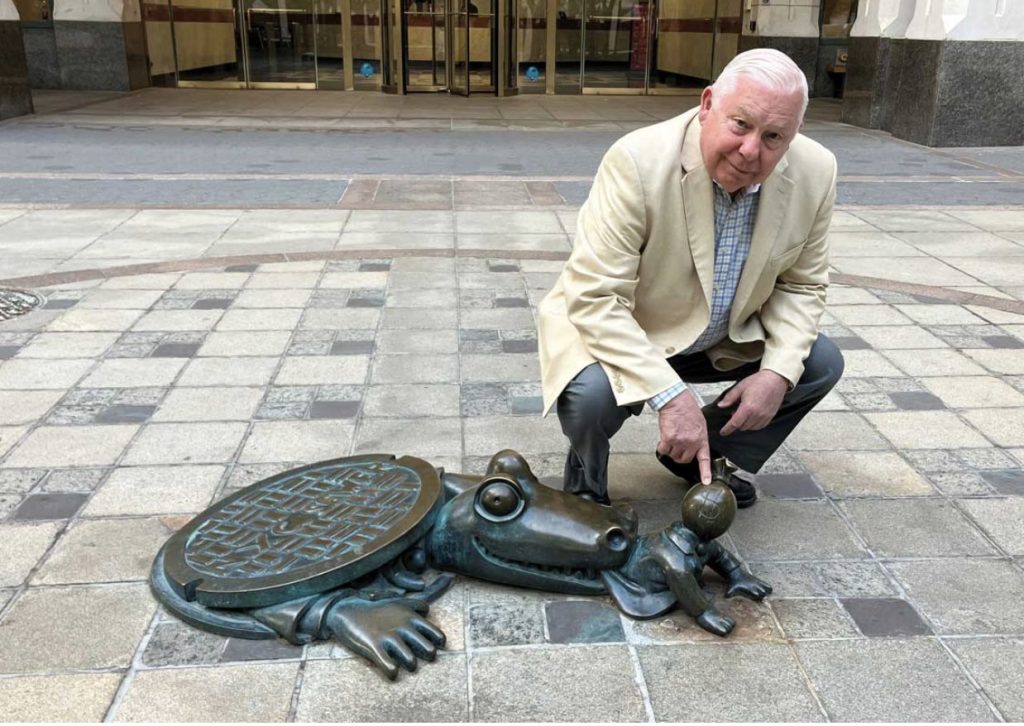
SEE THE LATEST BAMI-I NEWS
See All BAMI-I News >

BAMI-I Membership
There are many key reasons why BAMI-I is needed right now. Some of the most important reasons include:
- The increasing number and complexity of buried assets. The world is becoming increasingly urbanized, and with that comes an increase in the number and complexity of buried assets. This makes it more difficult to manage these assets safely and efficiently.
- The aging infrastructure. Much of the world’s infrastructure is aging, and this includes buried assets. Aging assets are more likely to fail, which can lead to costly repairs or even disasters.
- The growing awareness of the risks associated with buried assets. The public is becoming more aware of the risks associated with buried assets, such as damage to property, injuries, and environmental pollution. This increased awareness is putting pressure on governments and businesses to improve the management of buried assets.
BAMI-I can help to address all of these challenges. By bringing together stakeholders from all sectors, an association can help to develop and implement best practices for buried asset management. It can also raise awareness of the importance of buried asset management and advocate for policies that support the safe and efficient management of buried assets.

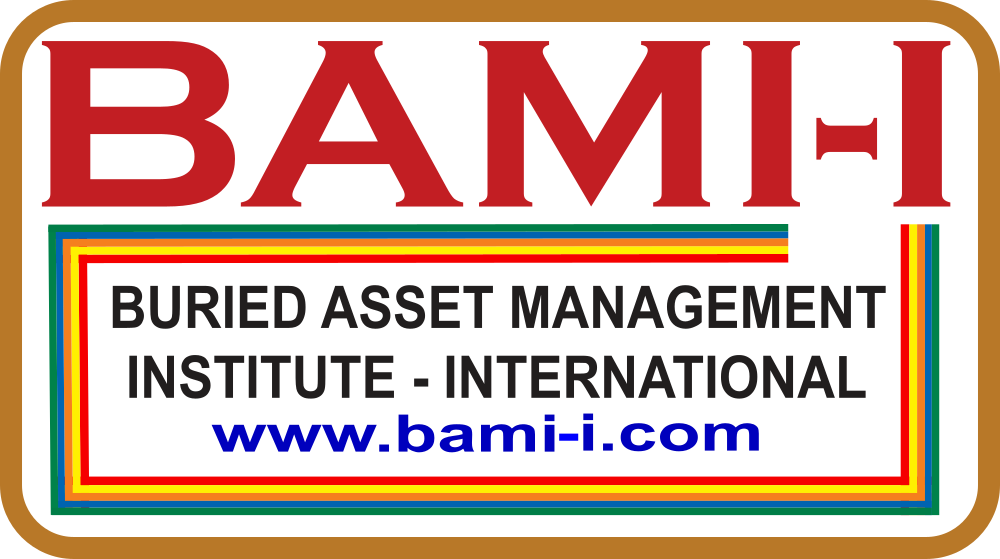
Buried Asset Management
Institute – International (BAMI-I)
Contact Wei Liao
Email: [email protected]
Phone: 318-497-8288
PO Box 568
Selma, AL 36702

